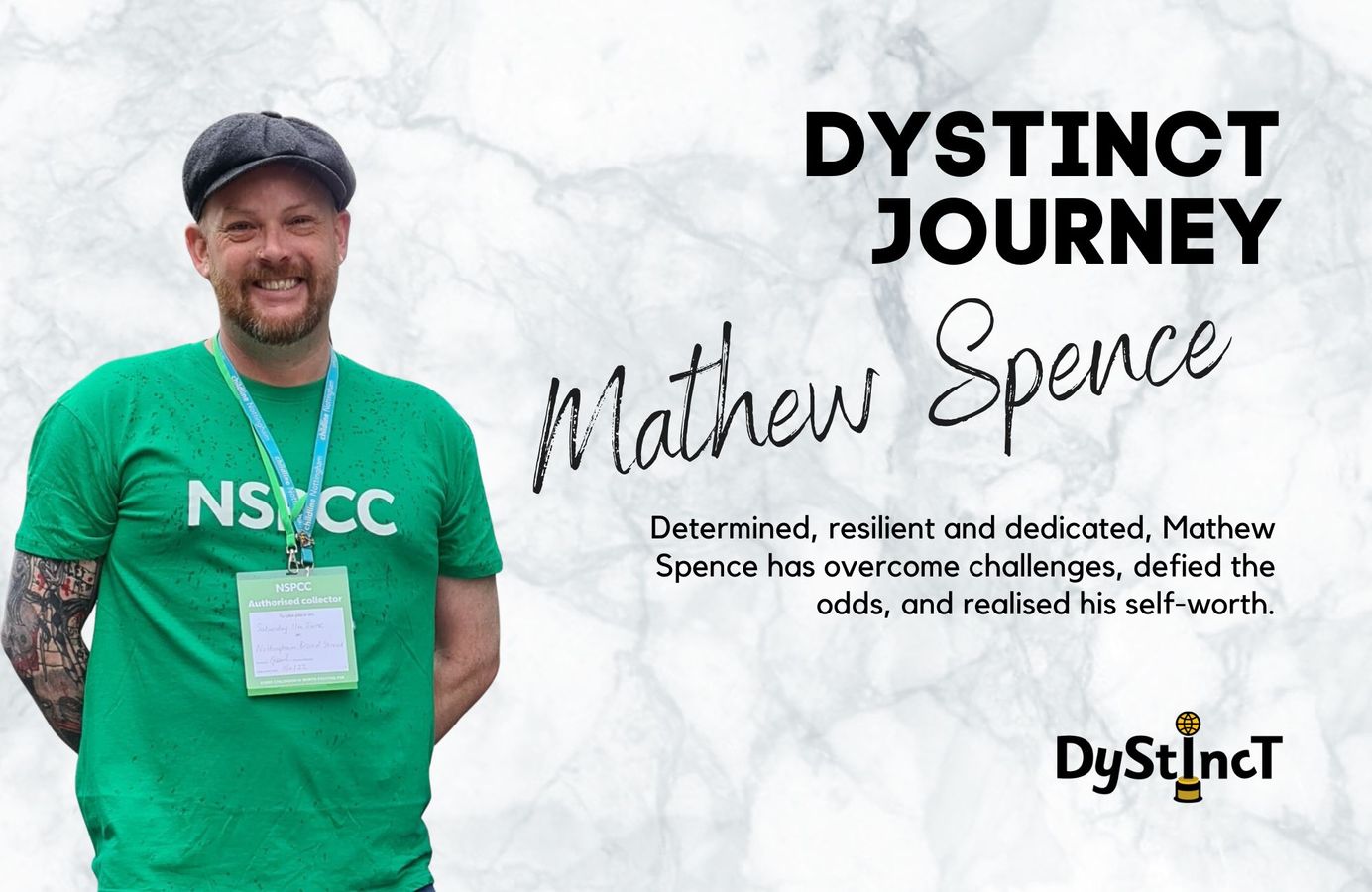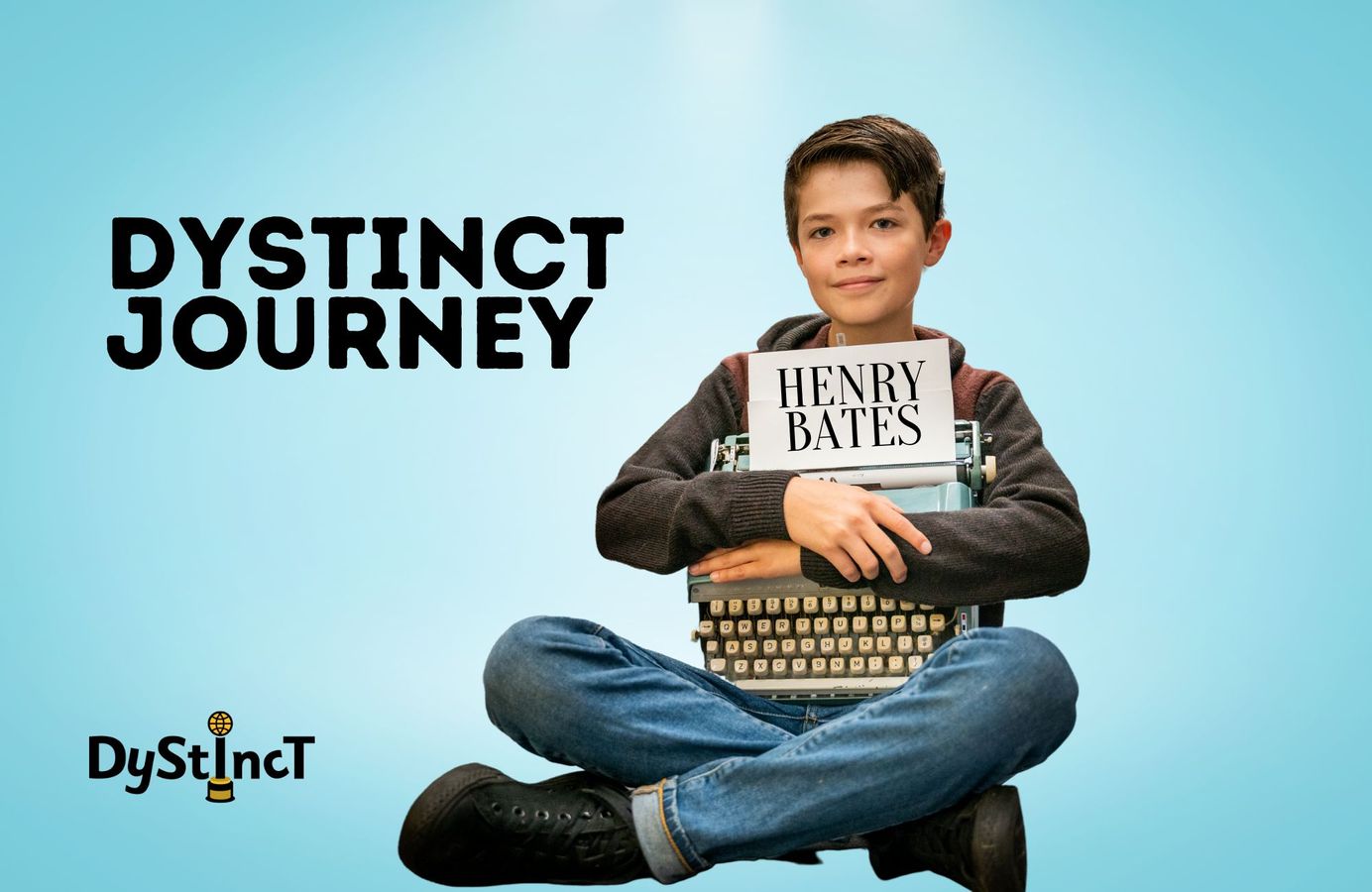
Issue 12: Dystinct Journey of Henry Bates
The story of 12-year-old Henry Bates, a young ambassador for Dyslexia Canada who has a penchant for collecting antiques, creating sketches, and stop motion films
There is a certain nostalgia in owning an object that transports you to a bygone era that keeps collectors yearning to find that perfect antique piece to add to their collection. This longing for nostalgia is not entirely limited to older people looking to escape into the golden past. Henry Bates is a 12-year-old vintage enthusiast from Selwyn, Ontario, who has his mind set on owning a bell phone booth and a 1979 Toyota pickup truck. "I am saving up to buy a bell phone booth- you know, the kind where Clark Kent changed into superman and my dream truck, the 1979 Toyota pickup truck… oh and also the 1979 Sony Walkman," shares Henry.
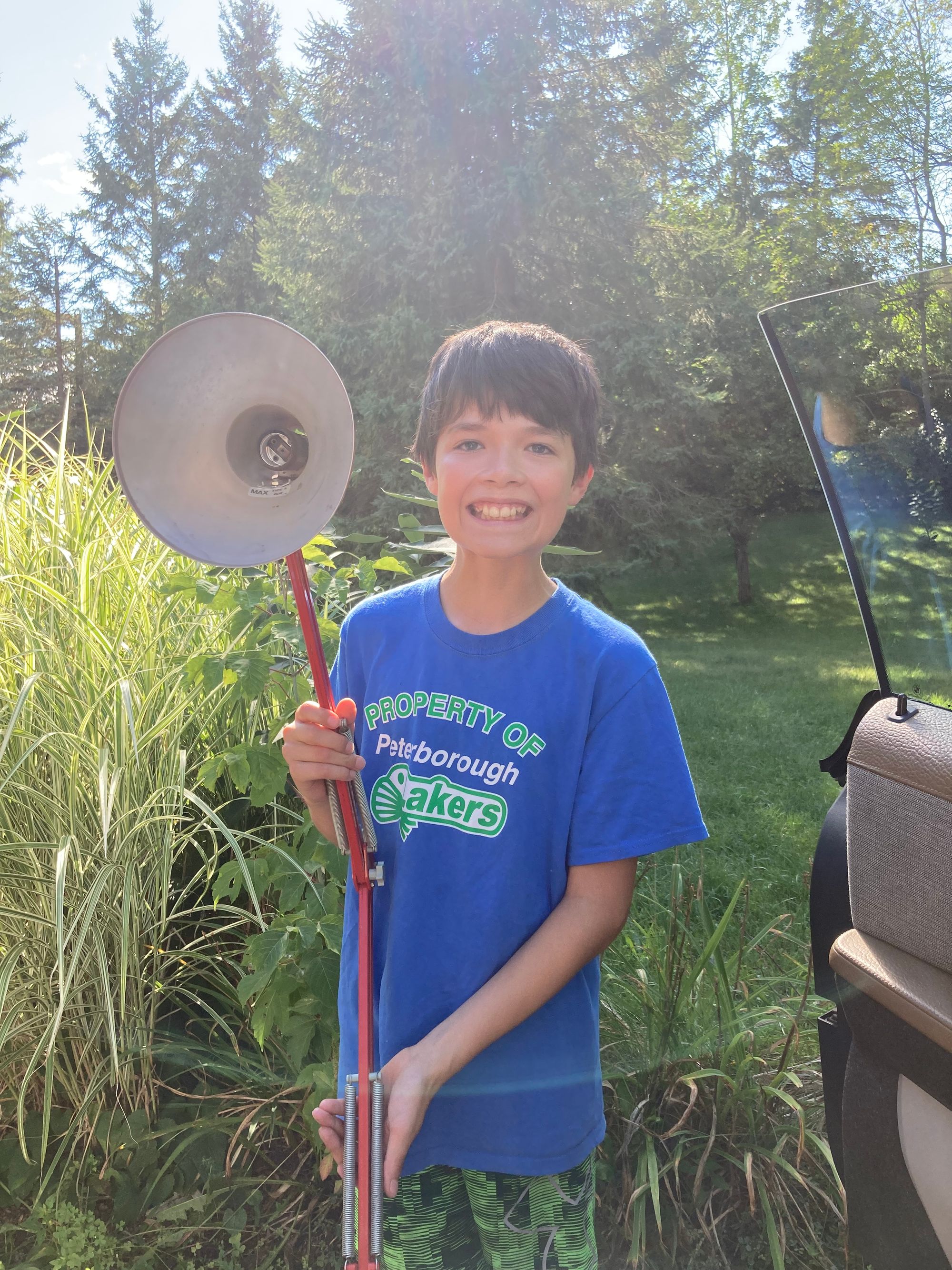
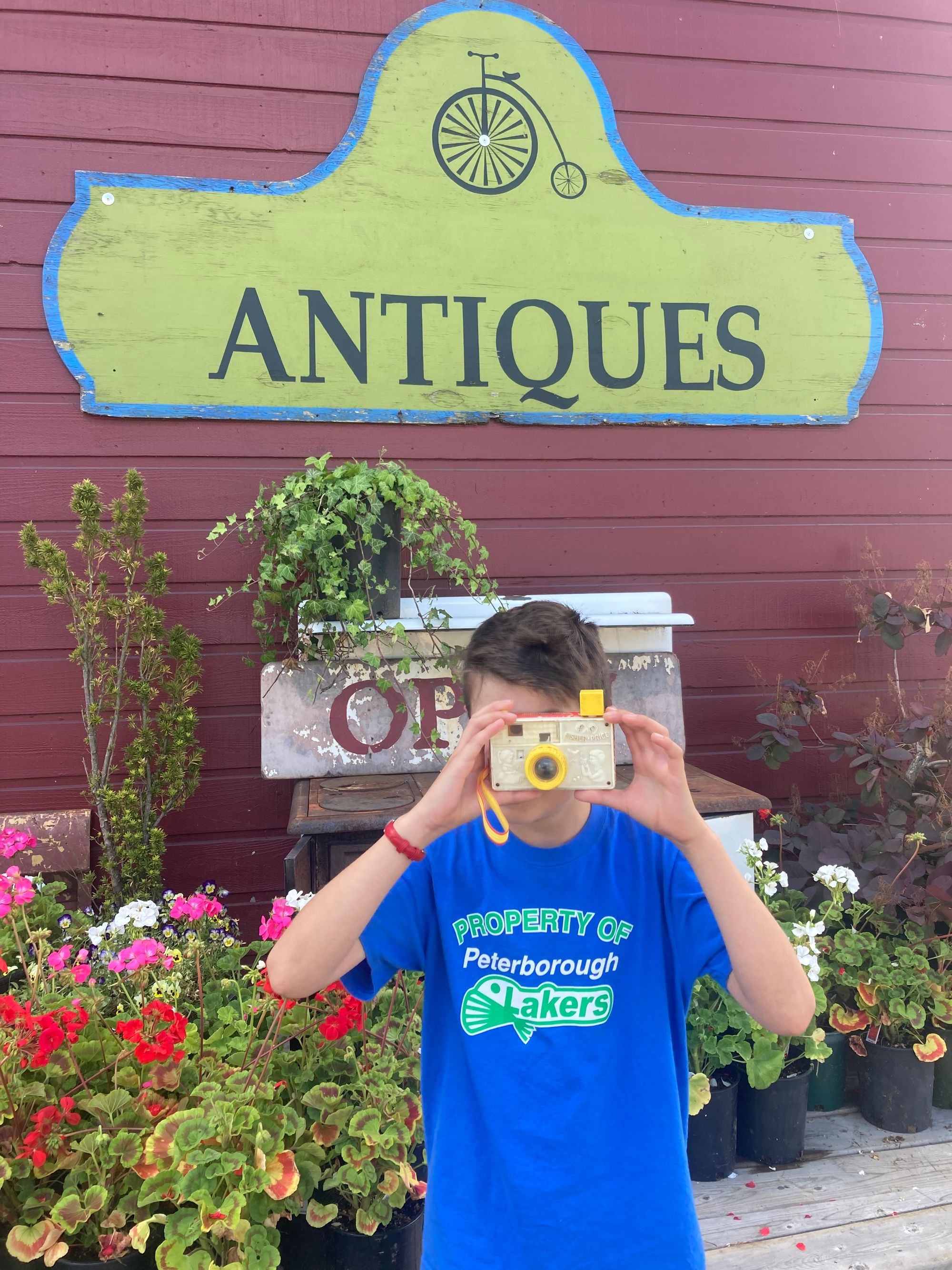
Henry’s love for antiques began when his dad, Russell Bates, gifted him a Sony Walkman. Henry listened to his first cassette tape, Cruel Summer by Bananarama, on repeat and fell in love with the experience. Over the years, he has amassed an interesting collection of rare antique collectibles by offering to perform household chores to fund his passion. "I buy my pieces from all different places. Secondhand stores and antique stores are my favourites. Sometimes people give them to me for free."
Owning beautiful antiques comes with the responsibility of maintaining them. Luckily, Henry has a keen interest in industrial design. His mum, Jennifer Bates, shares, "Henry is interested in all aspects of design. He collects rare vintage antiques, and they are veritable who's who of industrial design. He is, for instance, very proud of his Henry Dreyfuss telephone, as he is also named Henry."
Henry has already been involved in restoring his favourite wagon, typewriter, and rotary phones. He takes after his father, who is also dyslexic, just like Henry. Talking of the restoration work on his wagon, Henry shares, "It was a good project. My brother Grayson, father, and I all had a part in it. My father taught me how to do a lot of the restoration work, including priming, painting, grinding, and welding."
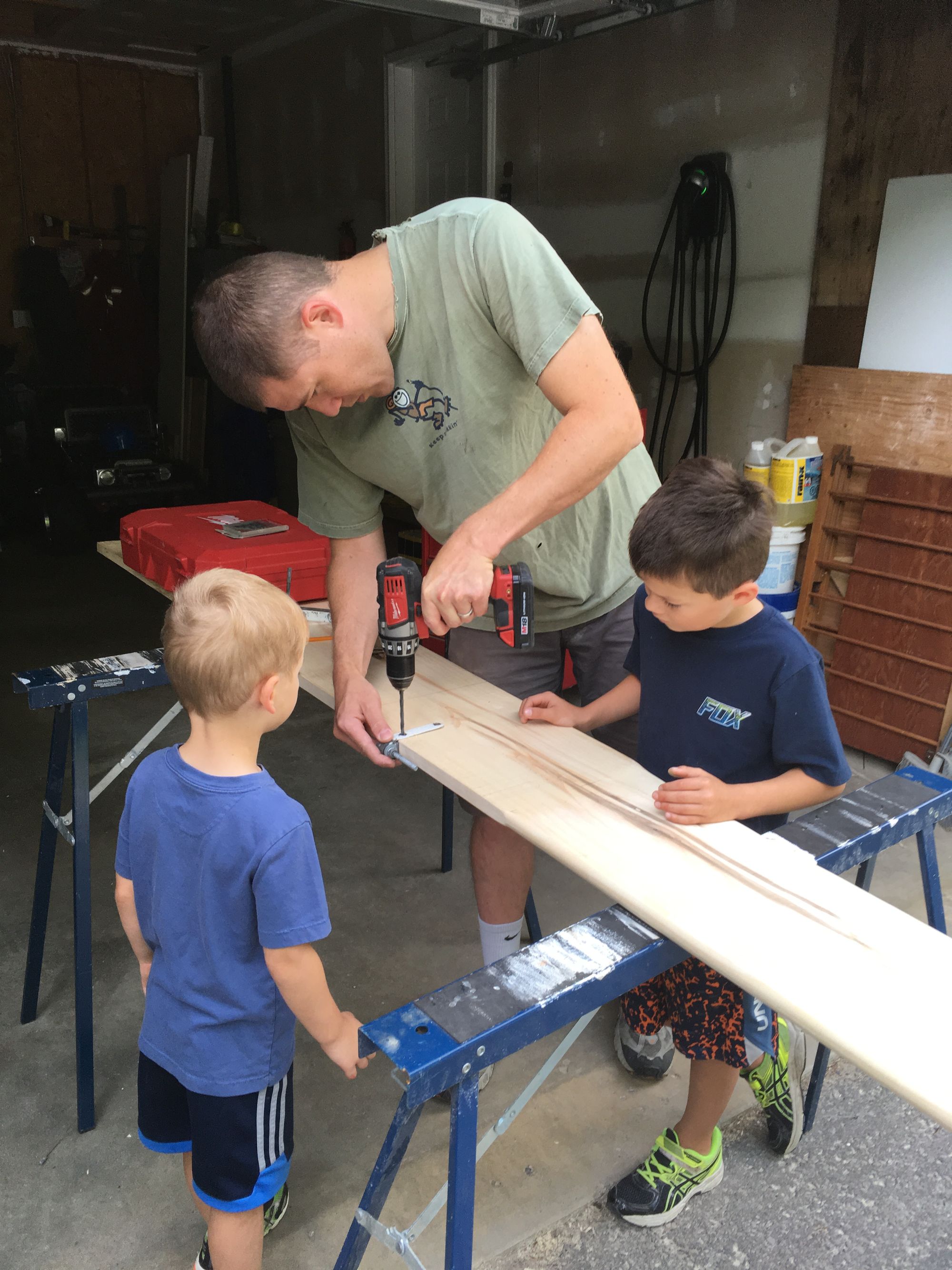
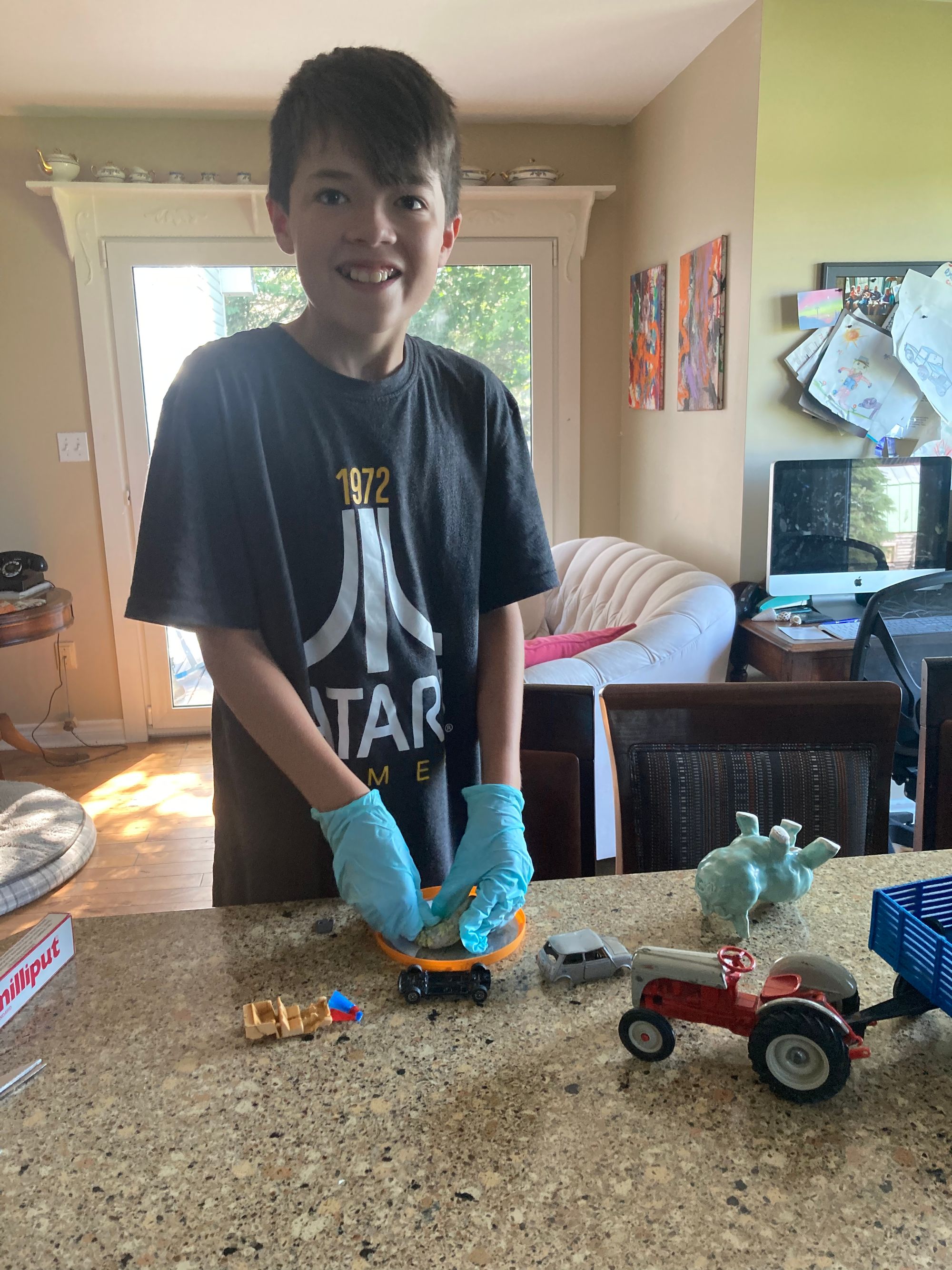
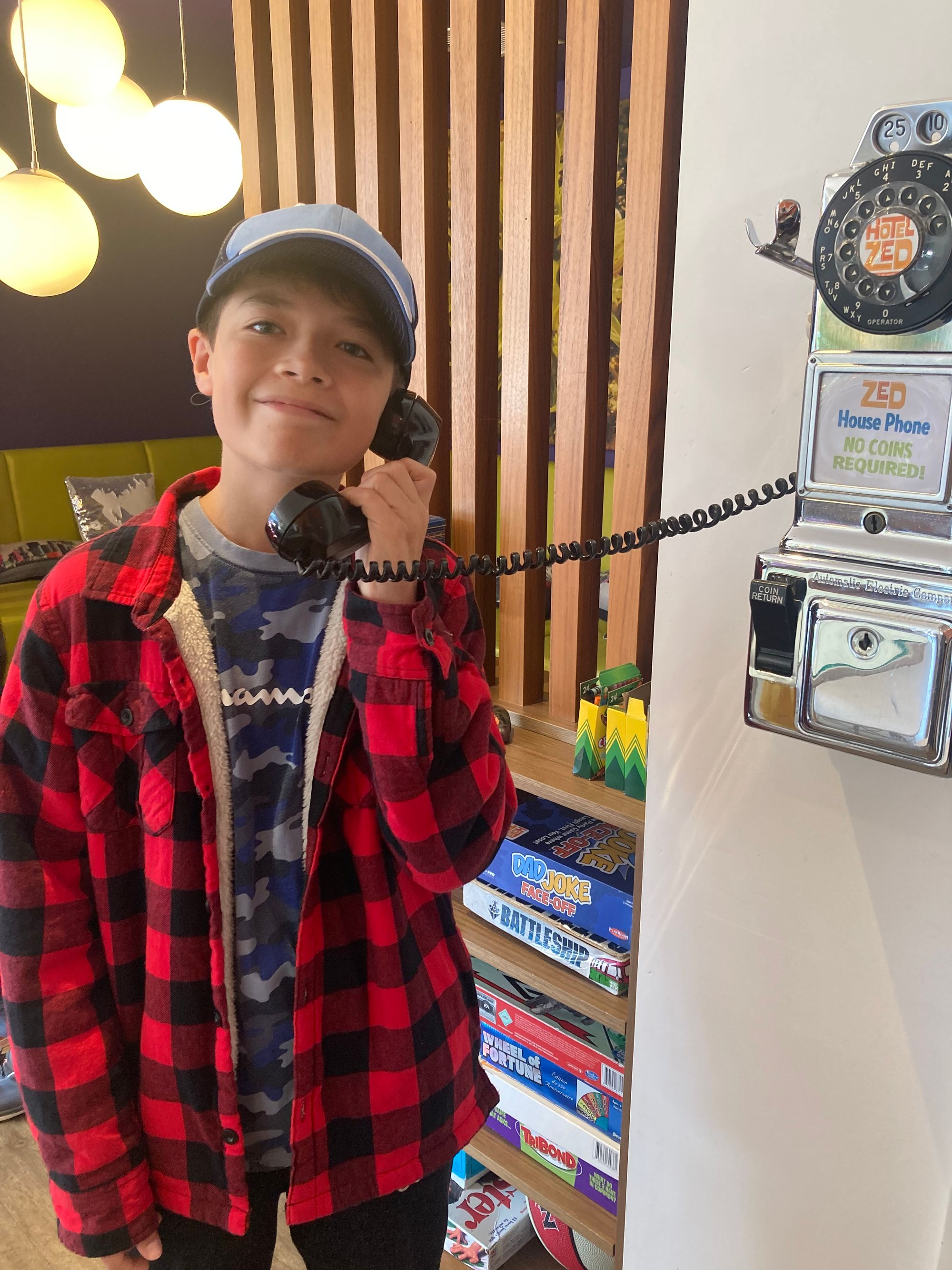
Henry was identified as dyslexic when he was 8 years old. His parents decided to have a psychological assessment done privately as it was a bit of a mystery to them why Henry, their clever child, had to work so hard to learn how to read. Henry has many talents; he is an avid runner and is a member of the Peterborough Pirates Triathlon Club. He also enjoys playing tennis, drawing, sketching, and creating stop-motion films. According to Jennifer, though, Henry's biggest strength is his empathy. "Henry has incredible empathy. We've been told that he can feel the emotions of an entire classroom. He cares so much about people that sometimes he cares too much about what they think. It can keep him awake at times. It really is true; your biggest strength can be your biggest weakness."
Jennifer shares that dyslexia wasn't on their radar when Henry was about 6 and just beginning to struggle with schoolwork. Henry is bilingual and incredibly creative, so they truly believed that if he just worked harder and gave it more time, things would just "click". However, her husband, who is dyslexic, kept saying that Henry was a lot like himself. "Henry has always been very creative. He has always loved to explore. We used to laugh because he had as much fun building block towers as destroying them. He was always interested in how things were put together. He had a very strong awareness of 3-Dimensional design. I have pictures of 3D dinosaurs he built without instructions. From the time he was 3 or 4, he was identifying patterns in Disney Pixar movies. He noticed the most minute of details. Fast-forward to today, and aspects of design are all he talks about. From the shape of lights on vehicles to the updated font on a Rice Krispies box, he can't stop exploring the beauty of the world around him," shares Jennifer.
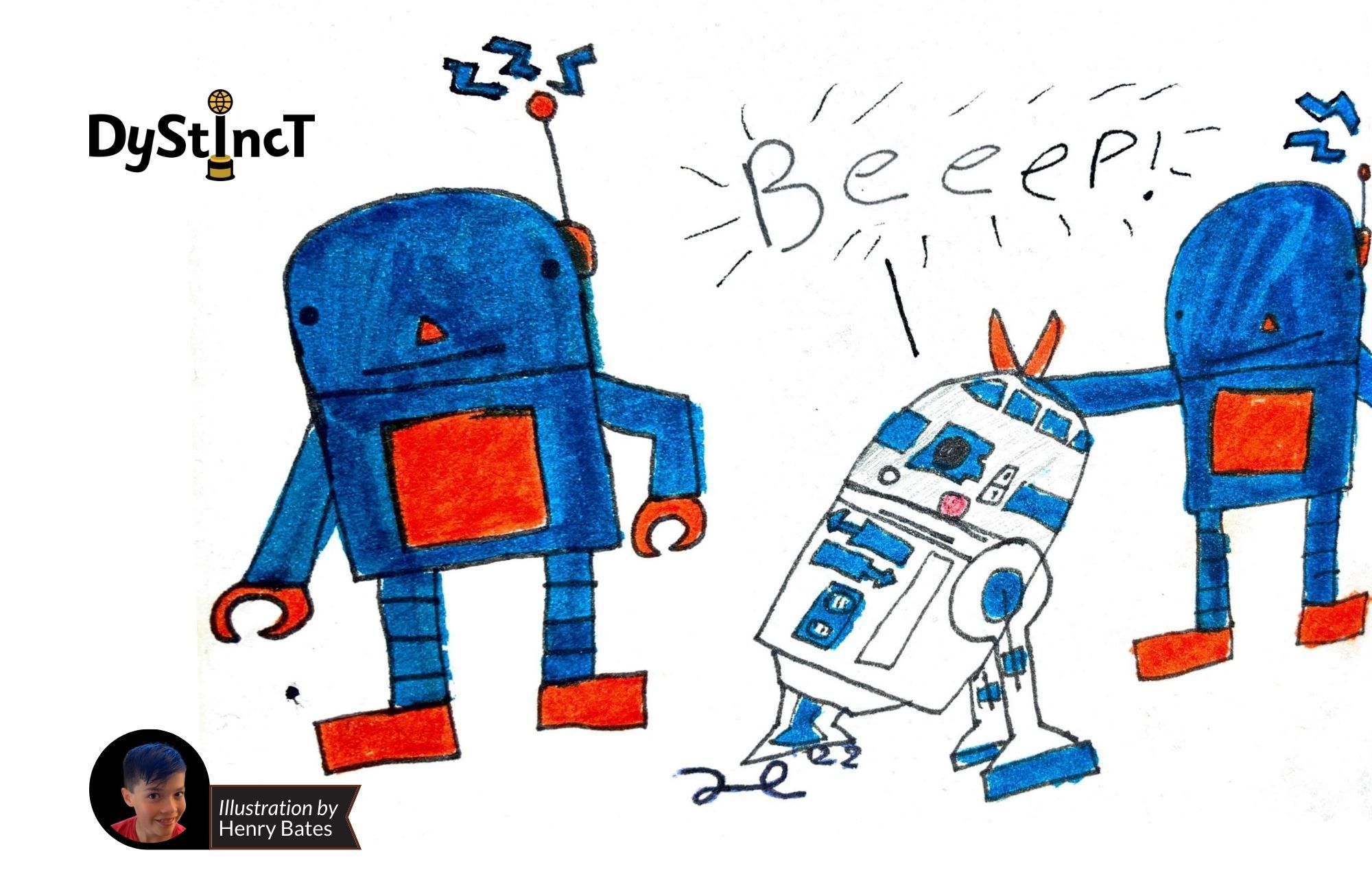
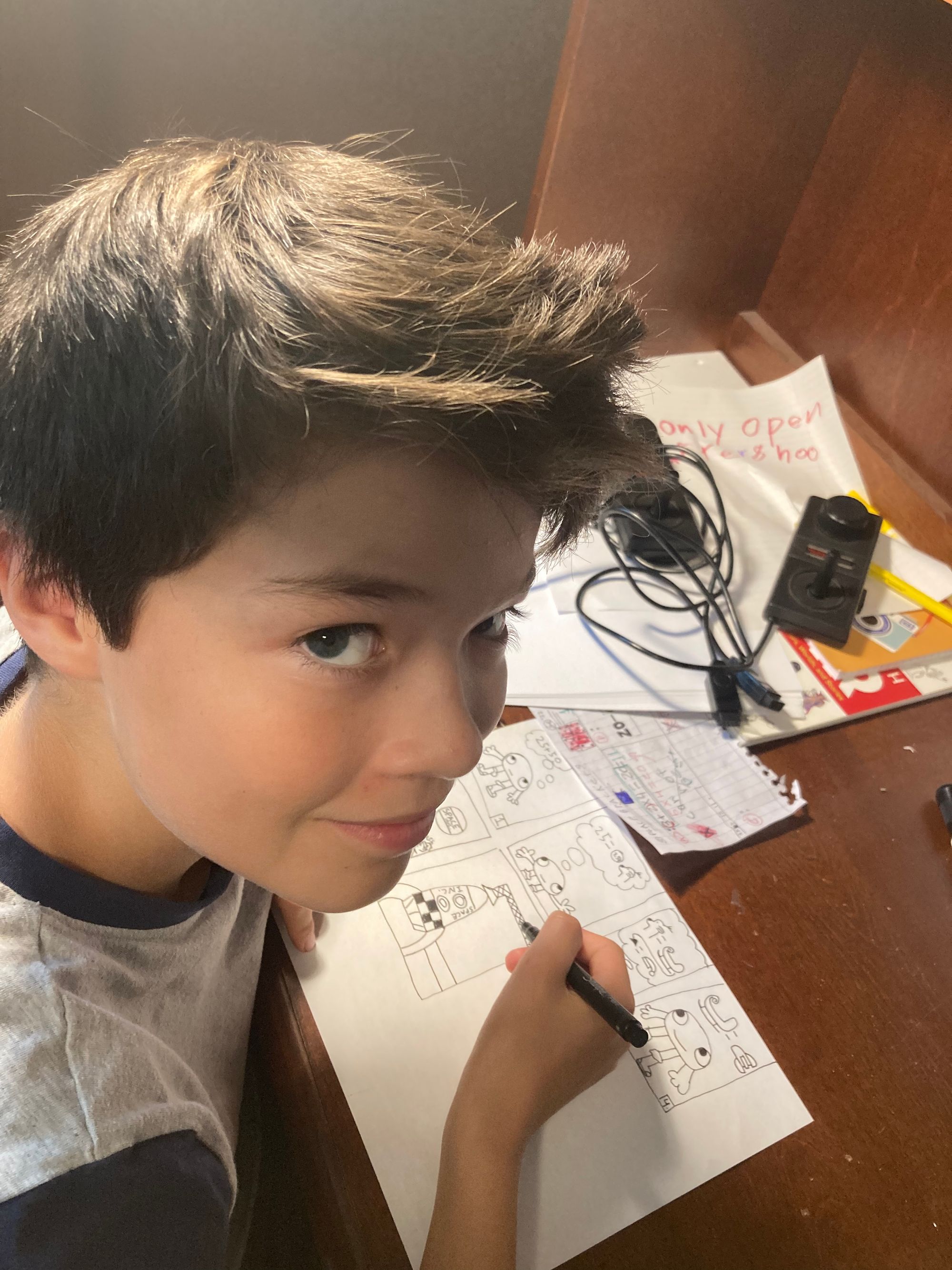
However, after grade 3, when things didn't click, they decided to have Henry assessed. "We had Henry formally assessed outside school and paid for it ourselves. Unfortunately, there isn't enough testing to meet the needs of all neurodiverse children. We also decided as a family to pay privately for Henry to get the reading interventions he needed. He has received targeted reading interventions virtually through SpellRead and had some amazing teachers. Shout out to Stephanie Davidson, Henry's teacher. I know that not every family can afford this and hope schools across the country will begin to incorporate a more scientific reading instruction."
All the stories we read to our children didn't help develop Henry's fluency. However, his vocabulary increased through listening to the stories.
Jennifer herself is a secondary English and Language teacher by training, but she admits that her teacher training did not wholly equip her to help Henry. "I didn't have knowledge of some of Scarborough's Reading Rope which explains the complex processes involved in reading. I was pretty weak in the area of word recognition… but I had a lot of strength and training in language comprehension, which is so important. My husband and I love stories, and we always read to our children. Though it didn't help develop Henry's fluency, his vocabulary increased through listening to all the stories, and he has a breadth of interests and knowledge across a slew of topics."
Despite having to seek a diagnosis and intervention outside the school system, Jennifer believes that the school has done their best under very trying COVID-19 times. However, she admits that The Right to Read Inquiry in Ontario has revealed some holes overall in reading instruction at schools across Canada.
The Right to Read Inquiry in Ontario has revealed some holes overall in reading instruction at schools across Canada.
Following the diagnosis, Henry continued to receive intervention and make gains, but he was being targeted by his peers at school for being different. Jennifer shares that despite his strong compensatory skills, he had trouble reading fluently. He could put together the plot according to context clues, but he was beginning to feel like a rebel at school. "I have struggled feeling like I don't know anything. That I am "lower" than everybody else at school. My mind is sometimes slower, and I demand the teachers do more, and they don't have an easy time. For example, the teachers have to wait for me to get my headphones and sometimes even write for me. It might be easier for me, but it is harder for them, and it just makes me feel different," explains Henry.
I am not a rebel, but school makes me feel like a rebel because my brain won't do what I want it to.
It was devastating for Jennifer to hear that Henry was being tormented at school, so they decided to change schools and overall, the experience has been positive for them. "One night, before Henry went to bed, he told me, 'I am not a rebel, but school makes me feel like a rebel because my brain won't do what I want it to.' As a parent, this is heart breaking. I wish and hope for all kids to go to school and be celebrated for their unique gifts and awesomeness."
Henry was settling in well at his new school and beginning to read books for pleasure when Dyslexia Canada invited applications from Canadian children to be featured in their podcast series sharing children’s experience of living with dyslexia. Henry’s application was accepted, and he was featured in one of the podcasts. Impressed by his sense of humour and eloquence, Dyslexia Canada invited Henry to join their team as a young ambassador. "I became the ambassador after being in one of their podcasts about books I like. They must have liked me," shares Henry.
In his capacity as a young ambassador, Henry hosted Dyslexia Awareness Day at his school with some help from his teachers and friends. This awareness day prompted his school board to invite him to speak to special education consultants at the board level. He was the first student to be invited to share in this capacity. Henry gave this presentation in French. Although the response was largely positive, Henry being sensitive to everybody's attitudes, felt like some of his schoolmates didn't get it. "At my new school, it has been better, but I have some hard times. The Dyslexia Awareness Day we hosted was a huge success. However, people now knew I had dyslexia and treated me differently. I didn't like that some people made jokes that weren't very nice because they didn't understand."
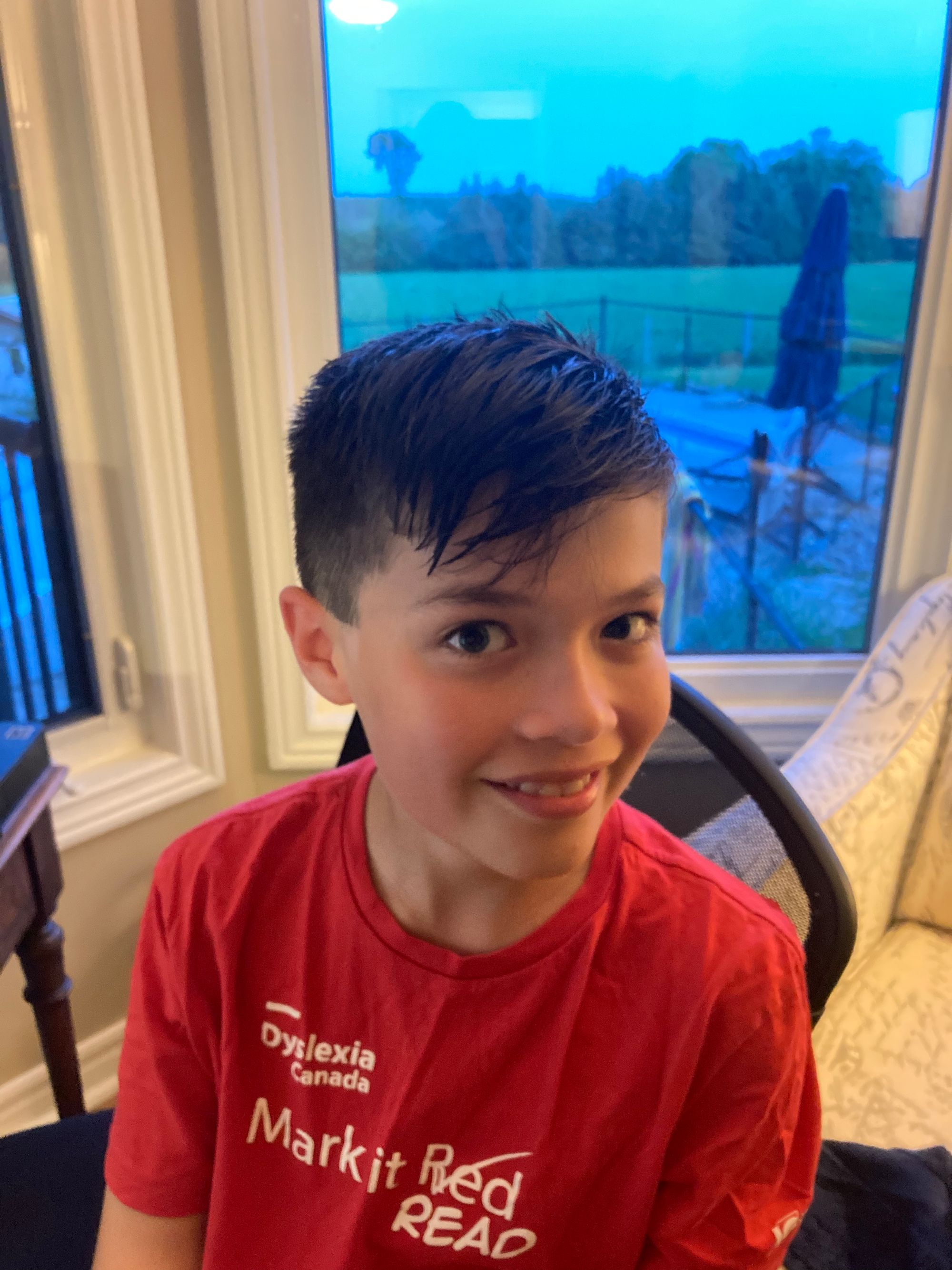
When asked about his role as a young ambassador for Dyslexia Canada, Henry shares, "It is sometimes hard to be on Facebook and social media platforms because there are so many bad things that could go on, but people learn about dyslexia. People come up to my mother all the time with questions, and I know it helps. But sometimes I wish people didn't know as I feel like people judge me because they don't know what it is." His mum quickly interjects with, "Dyslexia has nothing to do with your intelligence, Henry.'"
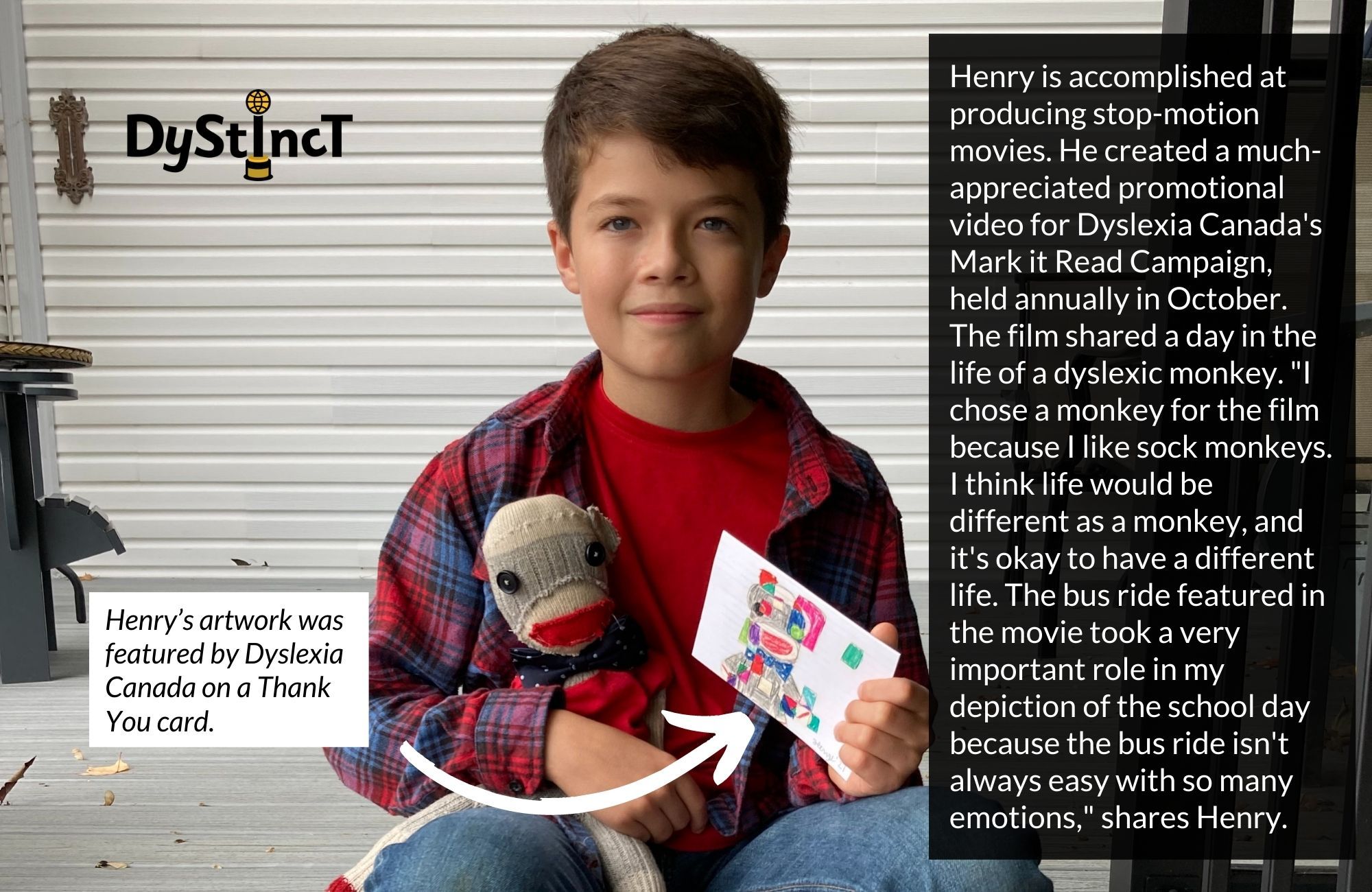
Henry is accomplished at producing stop-motion movies. He created a much-appreciated promotional video for Dyslexia Canada's Mark it Read Campaign, held annually in October. The film shared a day in the life of a dyslexic monkey. "I chose a monkey for the film because I like sock monkeys. I think life would be different as a monkey, and it's okay to have a different life. The bus ride featured in the movie took a very important role in my depiction of the school day because the bus ride isn't always easy with so many emotions," shares Henry.
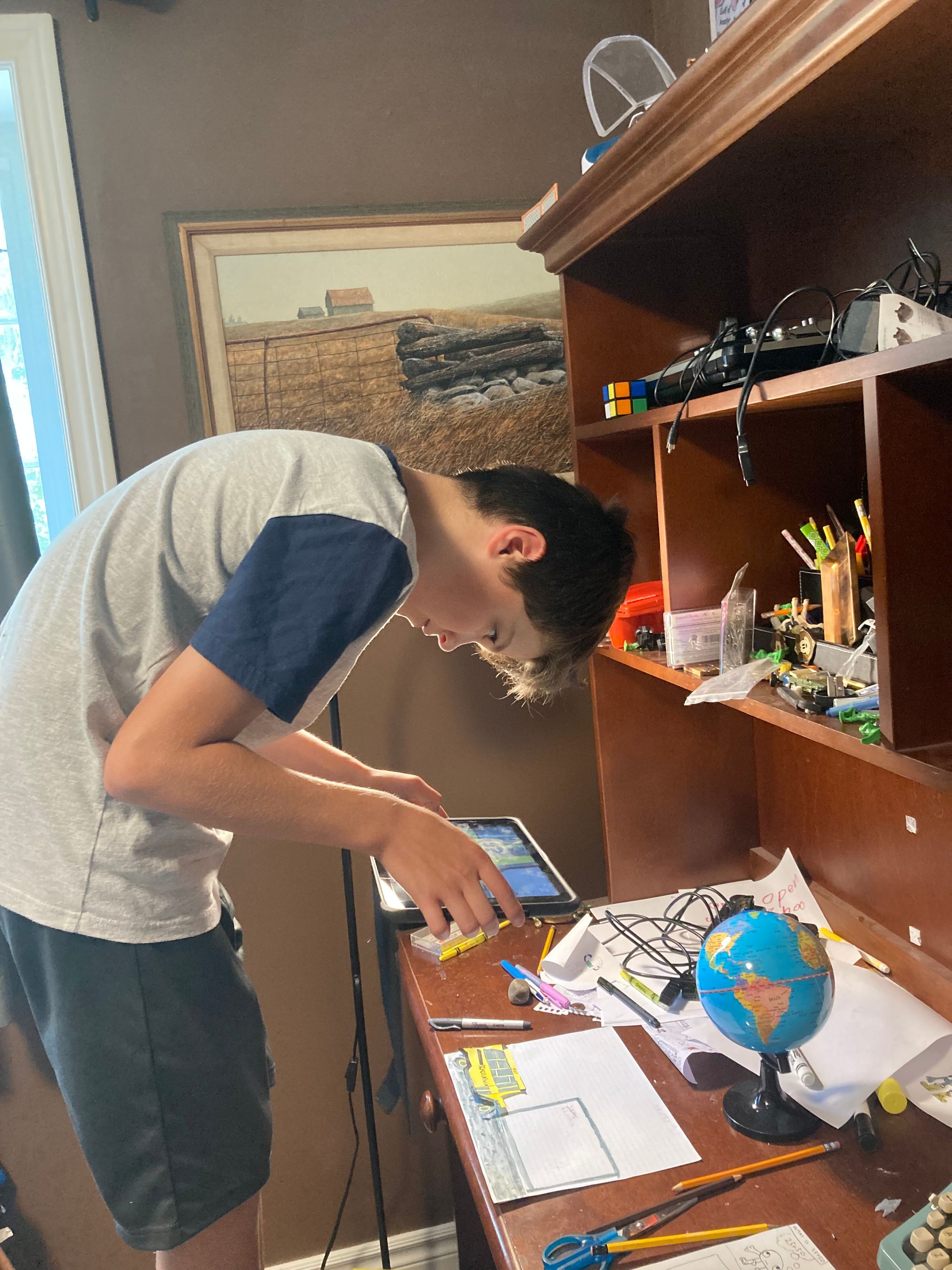
Henry's interest in stop-motion movie production was kindled when he was introduced to Wallace and Gromit. "When I watched Aardman's Wallace and Gromit, I thought, 'Yup! I can do that.' I also watched a lot of "Morph" and learned some techniques from that show and documentary," shares Henry. The first stop-motion movie he created was The original teacup sip, where Risch, a character named after the piano company Mason and Risch, takes a sip of tea.
Henry has just finished working on another film for Dyslexia Canada titled Rock Boy. "The title sequence shows Risch from my first ever film. The film is about my way of thinking and how I have a million different thoughts at once. I chose a rock because it's simple, and sometimes that's how people see the dyslexic mind," shares Henry.
Henry shares that he couldn't have gained any of his confidence without the help of his parents, who let him be himself without any judgement. "My confidence comes from knowing my father has gone through the same thing and has an amazing life now. The twelve-year-old already knows what he plans on doing when he's older. "In six years, I plan to move to beautiful British Columbia on Vancouver Island and own a 1979 Toyota pickup and hope to study industrial design," he shares.
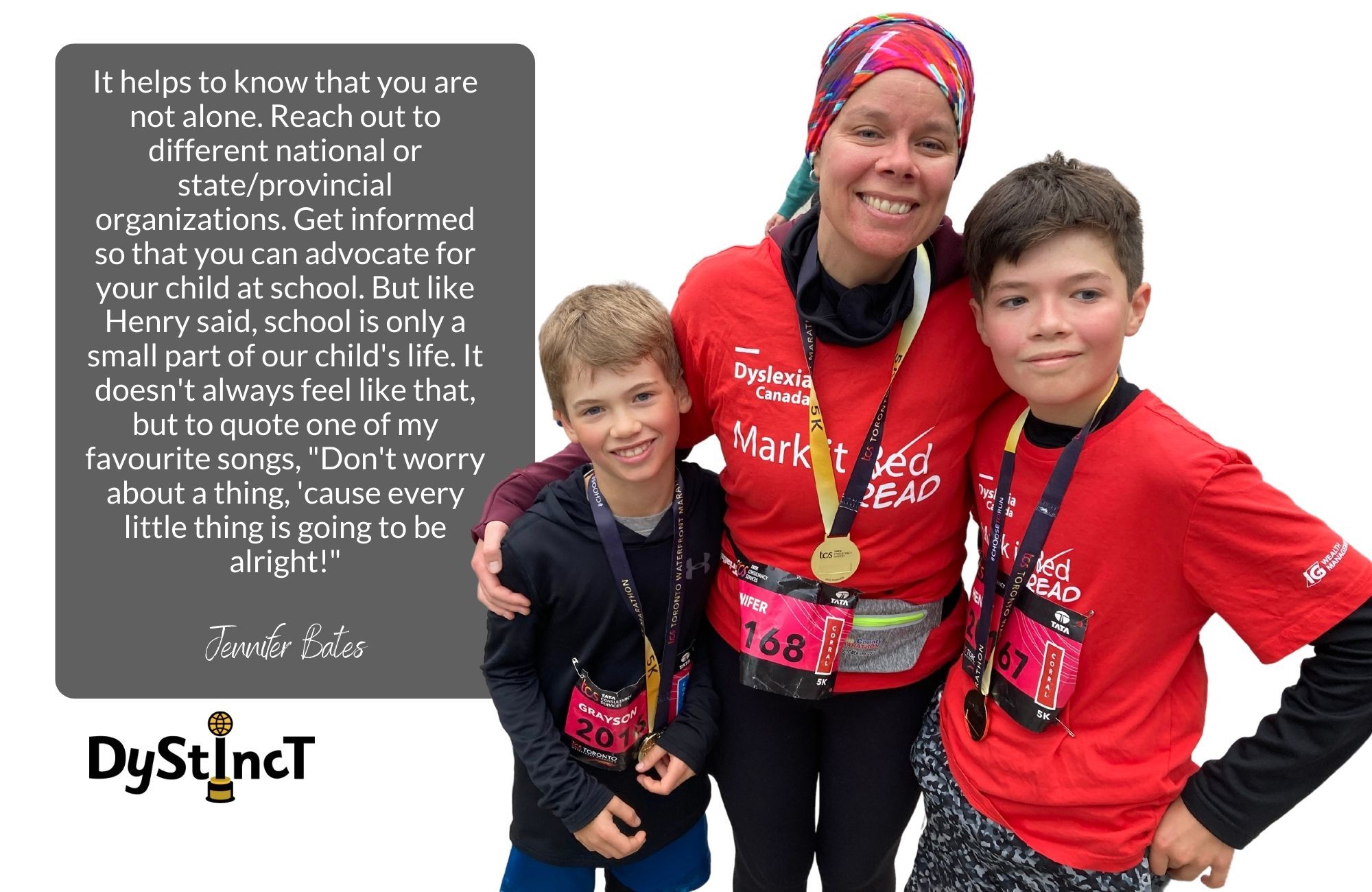
Henry Bates
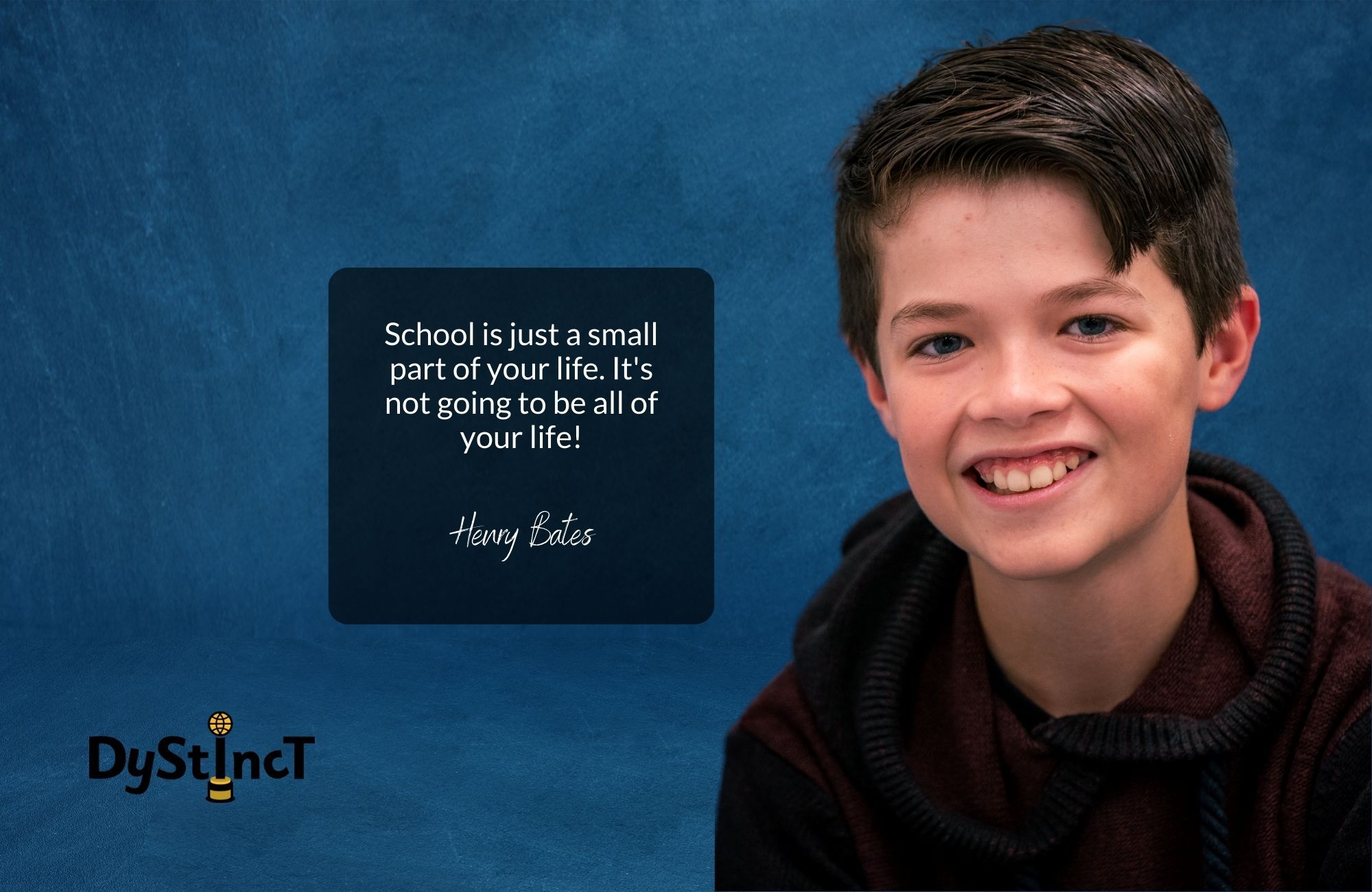

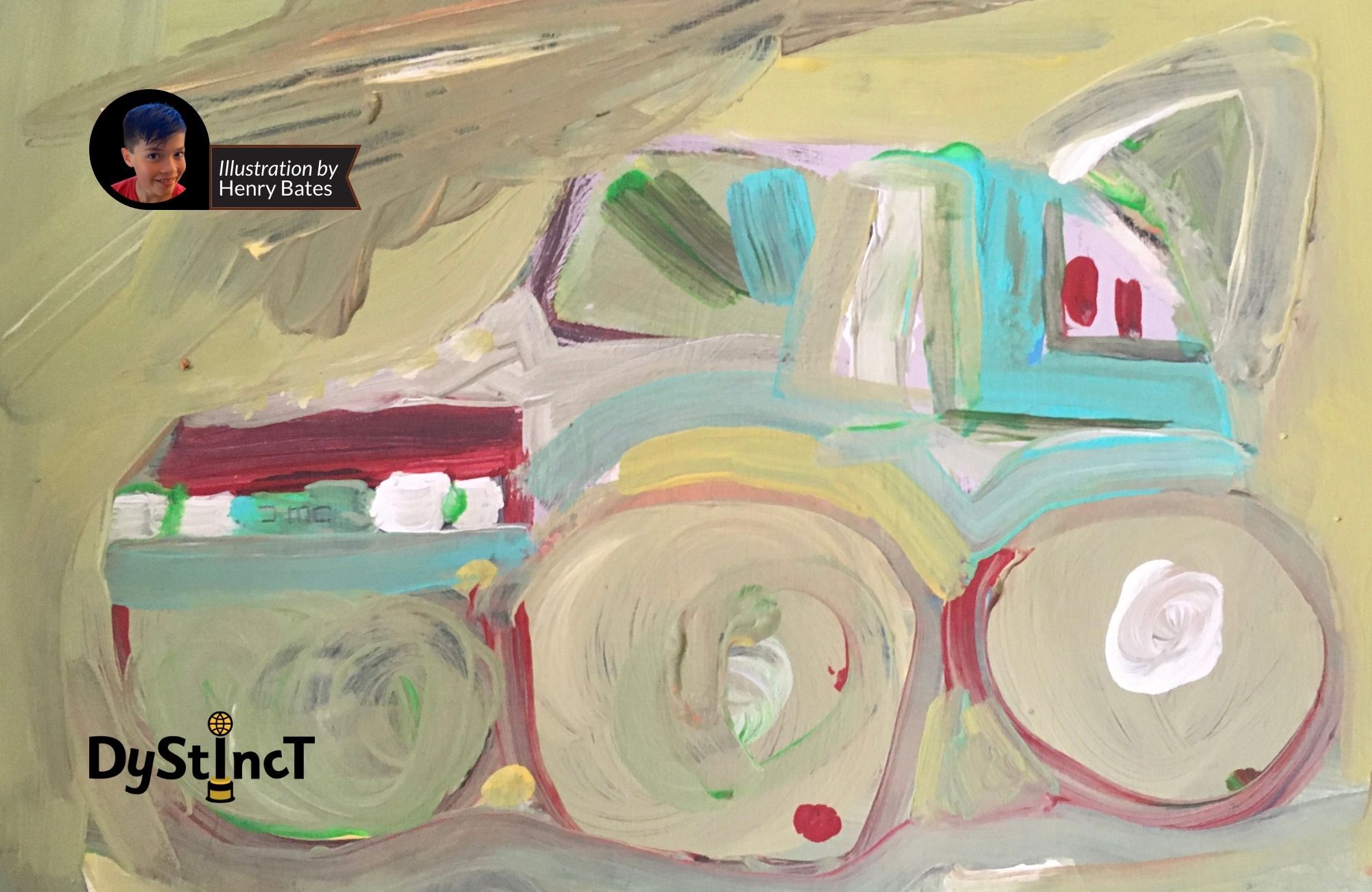
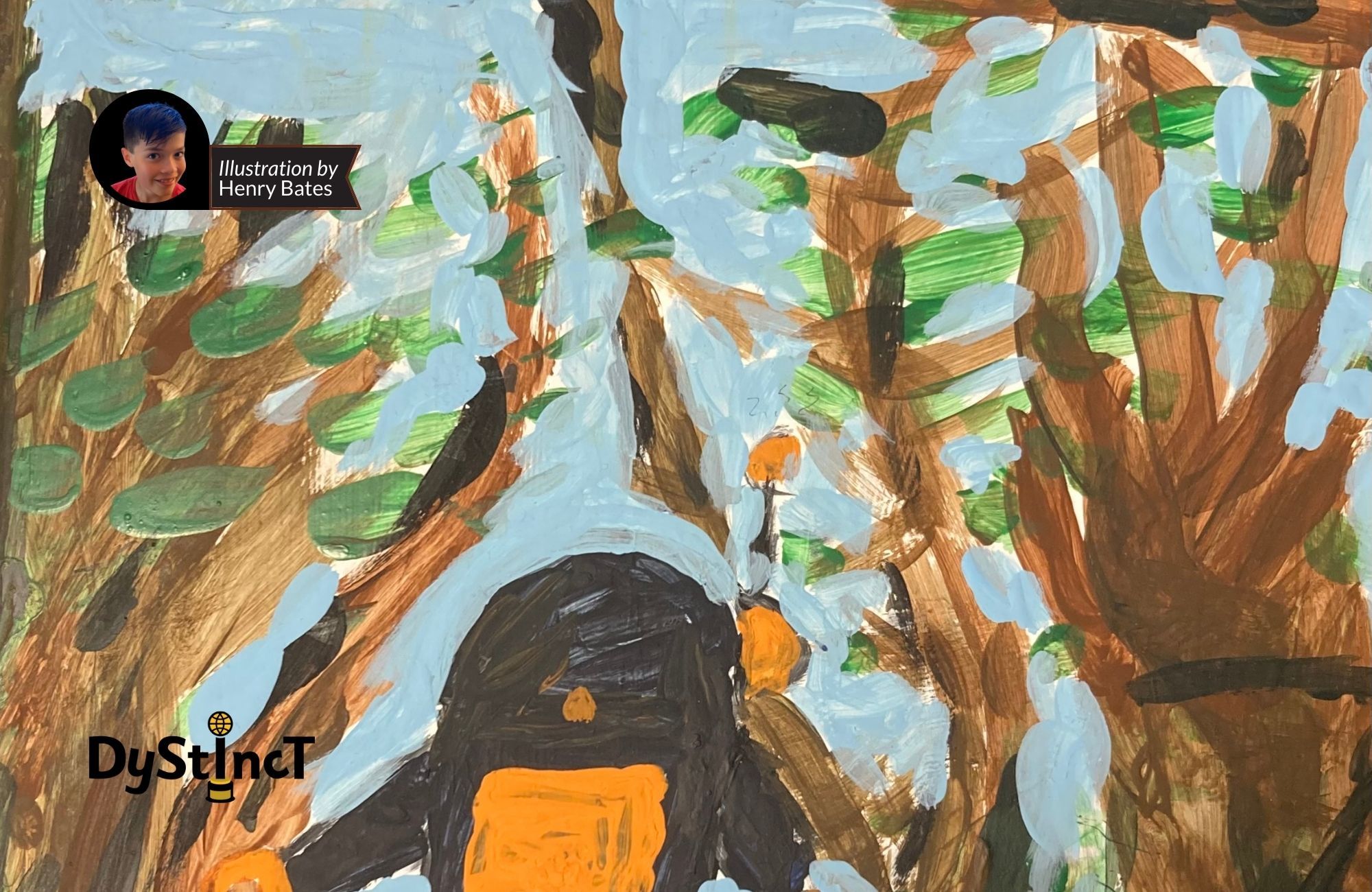
Extracts from Dystinct Magazine



















